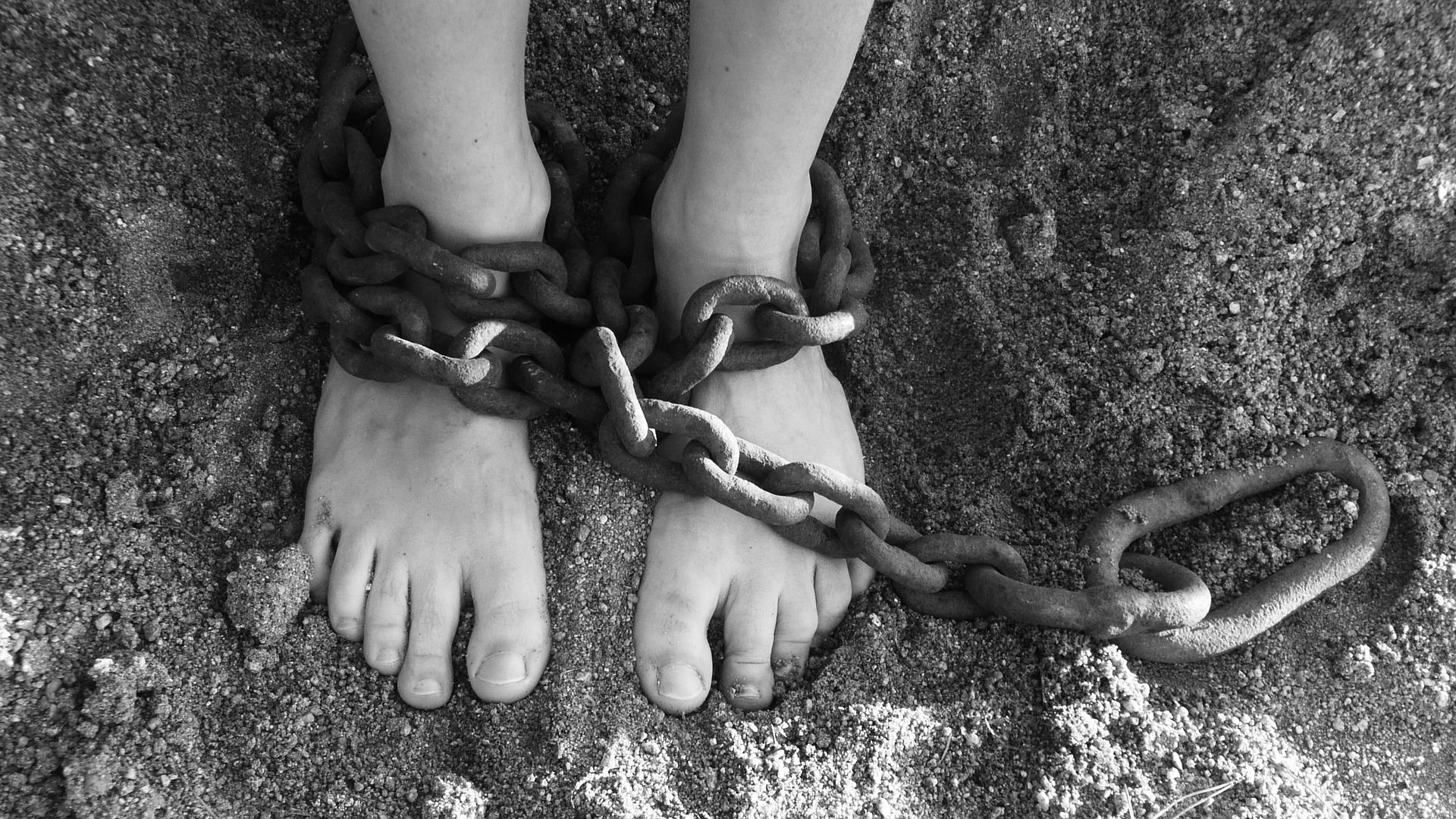
Coercive Control: Part 1
In 2017, Cassandra Wiener of the University of Sussex published a piece in The Howard Journal of Crime and Justice titled “Seeing What is ‘Invisible in Plain Sight’: Policing Coercive Control.” The study was quite interesting as it consisted of interviews and focus groups with survivors, police, and criminal justice independent domestic violence advisors. This study was based solely on female survivors, but that is not to say coercive control behaviors aren’t found in both sexes. In addition, it was conducted based upon laws in England and Wales. However, when it comes to abusive relationships the tactics and methods used by the abuser are the same regardless of what country someone resides. The laws vary as coercive control is a criminal offense in England and Wales, but it is not illegal in the United States unless it escalates to physical violence.
Coercive control refers to a pattern of controlling behaviors that create an unequal power dynamic in a relationship. This type of control gives the abuser power over their partner or child making it difficult for them to leave or make their own decisions about things such as seeing the other parent. In the case of coercive control over children and alienating the other parent the perpetrator manipulates them into disliking the other parent and thinking poorly of that parent. The coercive parent also convinces the child that the alienated parent doesn’t want to see him or her.
The Howard Journal’s piece was interesting because it discussed those subtle and “invisible” ways an abuser begins this type of control. There are three reference points considered: Grooming, coercive behavior, and victim’s responses.
Grooming – The research considers grooming to be a critical component of coercive control. Victims are vulnerable because the abuser has set into motion tactics that groom the victim in such ways that are non-threatening in the beginning. Within the grooming point, four labels were identified:
- Courtship behaviors vary from what they were in the beginning of the relationship. In the beginning, an abuser will seem to be attentive to the victim making him or her believe they are loved. However, as the abuser feels comfortable, the behavior becomes more intense resulting in fear.
- Fear is said to be that transformative moment when the victim realizes those courtship behaviors were not as they thought they were intended. The victim is fully aware now that they are fearful of the abuser. The article gave a disturbing example of a woman whose husband on their honeymoon choked her with a towel to the point of almost death. For the remaining six years of the relationship, he never physically harmed her, but if she was not willing to go along with him he would go to the bathroom, get a towel, and lay it on the table. The towel served as a reminder of what would happen to her if she did not do whatever he wanted. The victim ultimately gave in to whatever it was he was wanting her to do.
- Emotional abuse takes on many forms such as putting down the victim’s role such as the mothers and criticizing how they care for the children. This is often the beginning of manipulating the children as well, because they grow up thinking lesser of their mother, it is only natural that they would be easily manipulated into thinking she is the problem.
- Isolation is like the cherry on top for an abuser because once he or she achieves this it is much easier to manipulate the victim as all outside emotional support from family and friends has been removed. The isolation usually begins with the abuser making statements about friends such as “They aren’t good for you. They use you. They don’t care about you.”
I will continue discussing the following two reference points, Coercive Behavior and Victim’s Responses next week. Coercive control is a topic that has many facets and one that should be discussed in detail to fully understand the consequences, both short-term and long-term. Recognizing these signs early will help victims understand that this is not okay and they are not the problem. Parental alienation from a child without a sound reason usually begins with coercive control by the other parent.
Coercive control can and often does cause long-lasting psychological trauma for those who are victims to it. If you or a loved one are experiencing this type of abuse, contact Hickey and Hull Law Partners today. Our knowledgeable and experienced attorneys can help you with your case. This type of abuse often leads to physical abuse and in the case of parental alienation; it can have lasting effects on the child. It is best to act as quickly as possible to minimize mental harm. Call today to schedule your consultation, River Valley office 479.434.2414 and the Northwest Arkansas office, 479.802.6560.
